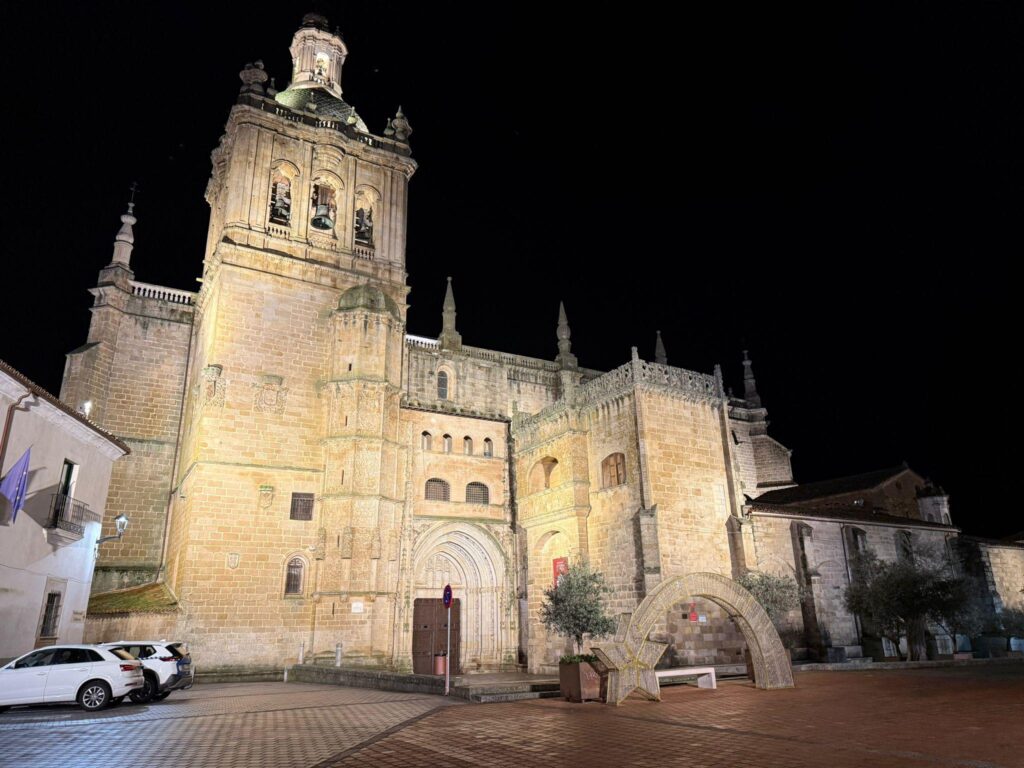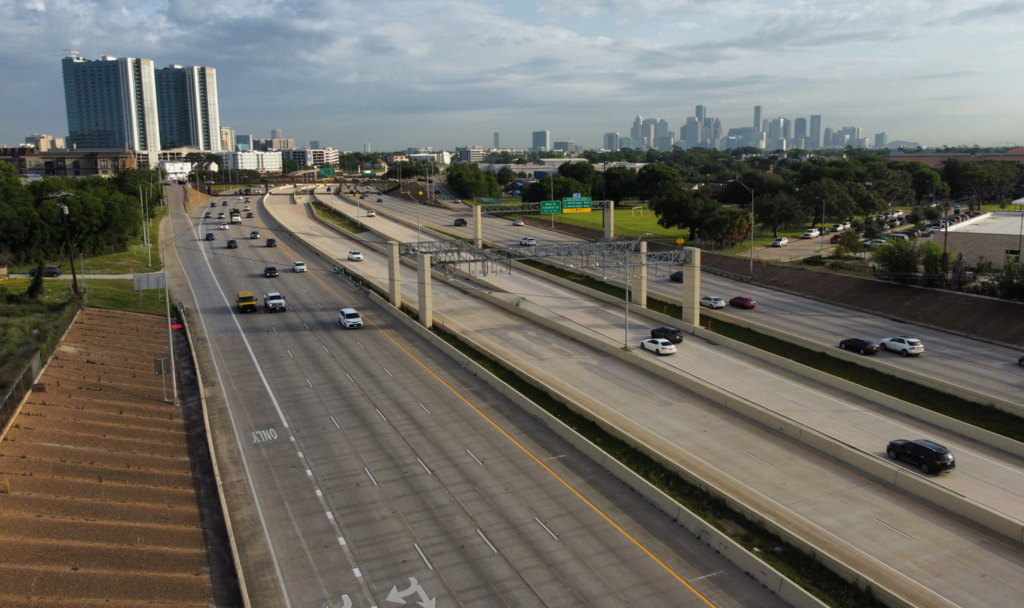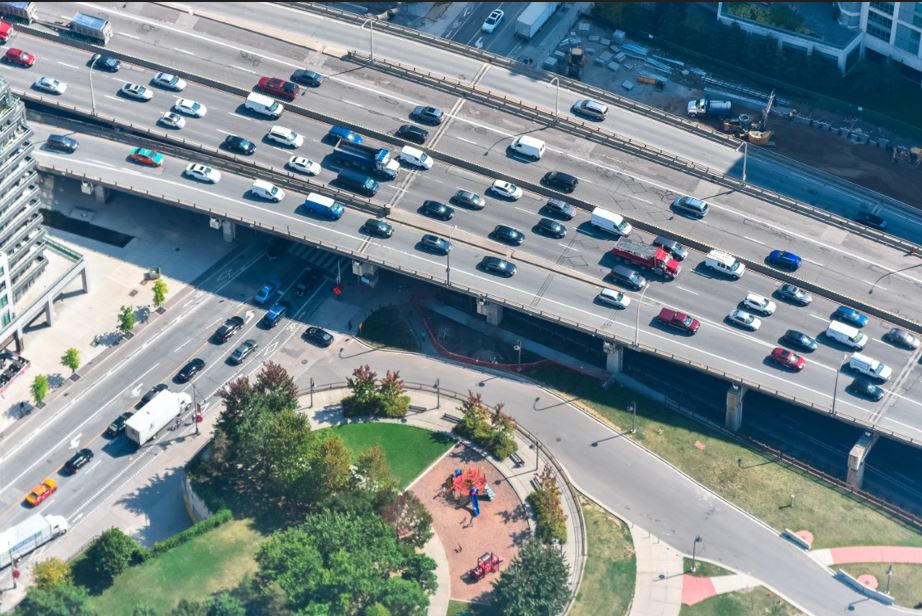The SICE Chair of Innovative Technologies Applied to Infrastructure Management at the University of Zaragoza and the Spanish Foundation for Road Safety (FESVIAL) held the 1st Meeting on “Innovative Technologies for Road Safety and Mobility,” a forum that brought together representatives from government, the tech industry, and academia at the University of Zaragoza’s Paraninfo.
The goal: to explore how innovation and cooperation can make mobility safer, more sustainable, and more human. It was a knowledge transfer event where participating institutions and administrations shared experiences, strategies, and proposed future solutions.
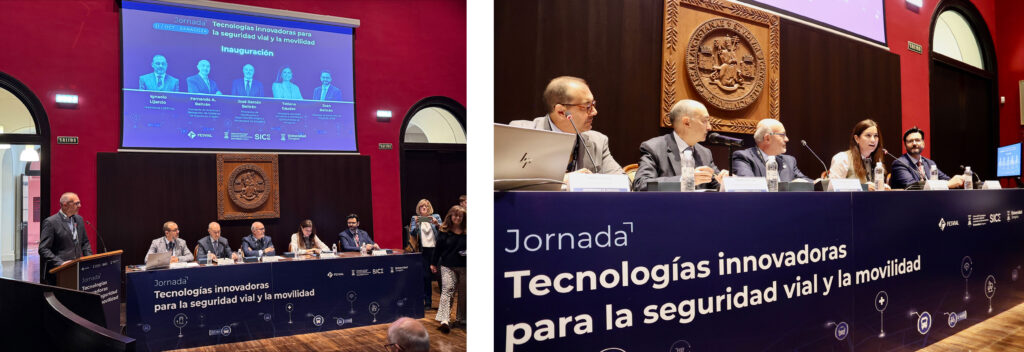
The event was opened by José Ramón Beltrán, Vice-Rector for Planning and Strategic Development at the University of Zaragoza; Fernando A. Beltrán, Government Delegate in Aragón; Tatiana Gaudés, Zaragoza City Councilor for Environment and Mobility; Ignacio Lijarcio, President of FESVIAL; and Juan Beltrán, Business Development Director at SICE.
Vice-Rector José Ramón Beltrán stated, “The university not only trains professionals, but also promotes useful knowledge capable of improving people’s lives. This forum is a space for shared dialogue and collaboration to develop more sustainable and human-centered mobility.”
Juan Beltrán (SICE) emphasized that “the alliance with the university allows us to transform technology into tangible solutions that enhance road safety—one of the best services we can offer society, helping to reduce and prevent traffic casualties.”
During his speech, Ignacio Lijarcio (FESVIAL) stressed that “the future of mobility is not something we wait for—it is something we build,” highlighting that vehicle and infrastructure technology only makes sense if it keeps human purpose at its core: “Technology sets the path, but it is human purpose that decides where to go.” He added that the major breakthrough today will come from improving the vehicle fleet and investing in smart infrastructure. Public administrations must support this with financial resources and facilitate vehicle purchases for citizens—an effective way to renew the fleet and reduce road accidents.
The first panel discussion brought together representatives from the Government of Aragón, the Directorate-General for Traffic (DGT), the Ministry of Transport and Sustainable Mobility, and the Zaragoza City Council, moderated by Vice-Rector José Ramón Beltrán.
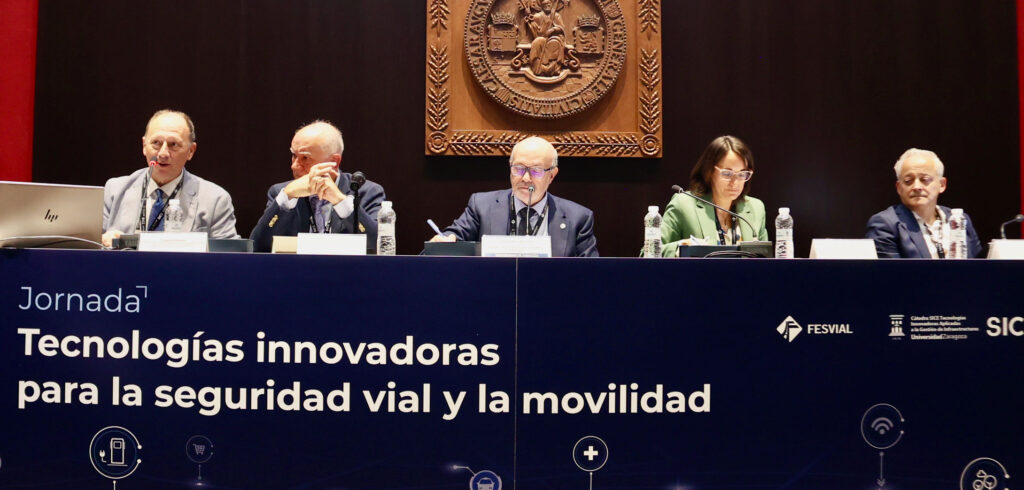
The discussion focused on the main challenges of public management in a context of technological innovation and sustainability. Miguel Ángel Arminio, Director General of Roads and Infrastructure, emphasized that “technology must be made accessible to society in a simple way, and for that, administrations, associations, and society must work hand in hand.”
Sandra de Francisco, Head of the State Demarcation in Aragón, noted that technology is also useful for protecting infrastructure maintenance workers, improving their safety. Adolfo Mozota, Director of the Pyrenees–Ebro Valley Traffic Management Center (DGT), explained the technological evolution of Traffic Management Centers through DGT 3.0, which provides real-time information to drivers about road conditions within a five-kilometer radius, and the crucial role of the V16 signal, which will become mandatory in January 2026.
Regarding urban environments, particularly Zaragoza, José Antonio Chanca from the Office of Mobility Planning and Design confirmed that the city is undergoing constant transformation. One of its main challenges is protecting vulnerable road users, an area where technology can be of great help.
Panel 2: Technological Innovations for Road Safety, moderated by Ignacio Lijarcio (FESVIAL), featured leaders from the tech and automotive sectors: Volvo Car España, Bosch España, Carglass, and SICE. The discussion focused on how advances in connectivity, sensorization, and artificial intelligence are redefining mobility and accident prevention.
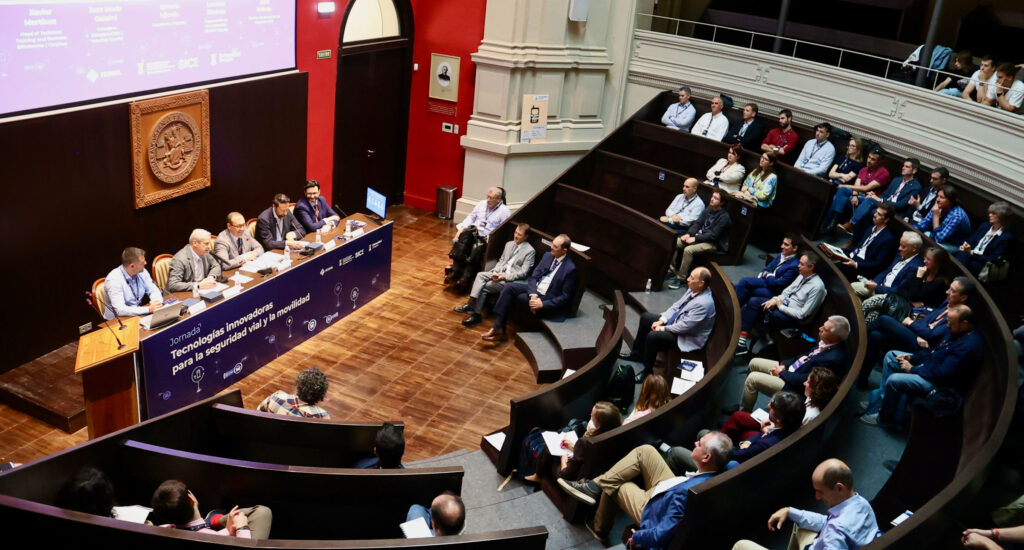
José María Galofré, CEO of Volvo Car España and Vice President of FESVIAL, stated, “Safety has never been a marketing argument, but an ethical commitment. It was with the seatbelt in 1959, and it still is today with driver assistance systems.” He emphasized that “public-private-academic collaboration is essential to continue developing life-saving technologies. We must design for the human being.”
In the same vein, Lorenzo Jiménez, Head of Communications at Bosch España, highlighted the role of ADAS systems in vehicle safety phases and the need to democratize technology so it reaches users. “ADAS systems are essential to reduce accidents. If all vehicles had these systems installed, 40% of accidents and 29% of fatalities could be avoided.” For motorcycles, ARAS systems also play a key role, as the EU estimates they could prevent 30% of fatalities.
Xavier Martínez, Head of Technical Training and Business Efficiencies at Carglass, explained the role of the windshield as a safety element and user protection feature, and the crucial role of technology in recalibrating glass to ensure ADAS Lidar sensors function correctly.
Finally, Juan Beltrán (SICE) highlighted the role of infrastructure as an increasingly intelligent and predictive system: “We are moving from static infrastructures to living networks that detect, communicate, and anticipate risk. That is true smart mobility.”
The final session, moderated by Dr. Bonifacio Martín del Brío, Director of the SICE Chair, brought together young researchers and experts from the University of Zaragoza, Centro Zaragoza, and the Aragón Institute of Technology.
They presented artificial intelligence projects applied to mobility, such as automatic vehicle classification, intelligent traffic light management, and connected autonomous driving.
Martín del Brío stated: “Science has the responsibility to anticipate mobility challenges before they become problems. The university not only conducts research—it interprets the future. It is essential to remember that technology must always help and serve people, not the other way around. That is our mission at the university.”

Aragón: A Territory of Innovation and Knowledge
The event concluded with remarks from Ignacio Lijarcio (FESVIAL), Juan Beltrán (SICE), and Bonifacio Martín del Brío (University of Zaragoza), who agreed that Aragón represents a model of cooperation between knowledge, technology, and public management.
“Aragonese talent combines rigor, ingenuity, and commitment,” said Lijarcio. “The University of Zaragoza proves that science can drive safety and collective well-being.”
Juan Beltrán, on behalf of SICE, thanked all participants and reaffirmed the company’s commitment to responsible innovation: “Our goal is not just to develop technology, but to ensure it serves people.”
The event closed with a shared reflection: The road safety of the future will not be measured only in data, but in our ability to turn innovation into care.
